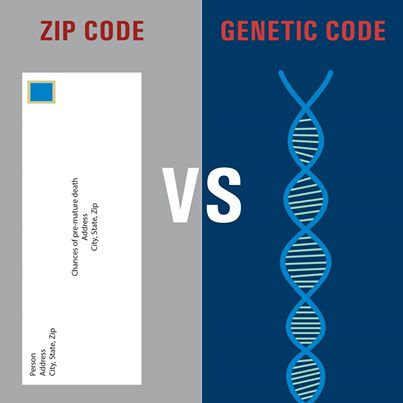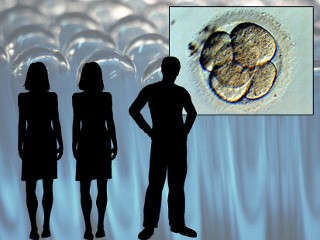To a striking extent, your overall life chances can be predicted not just from your parents’ status but also from your great-great-great-grandparents’…The fortunes of high-status families inexorably fall, and those of low-status families rise, toward the average — what social scientists call “regression to the mean” — but the process can take 10 to 15 generations (300 to 450 years), much longer than most social scientists have estimated in the past…
Does this imply that individuals have no control over their life outcomes? No. In modern meritocratic societies, success still depends on individual effort. Our findings suggest, however, that the compulsion to strive, the talent to prosper and the ability to overcome failure are strongly inherited. We can’t know for certain what the mechanism of that inheritance is, though we know that genetics plays a surprisingly strong role. Alternative explanations that are in vogue — cultural traits, family economic resources, social networks — don’t hold up to scrutiny…
The notion of genetic transmission of “social competence” — some mysterious mix of drive and ability — may unsettle us. But studies of adoption, in some ways the most dramatic of social interventions, support this view. A number of studies of adopted children in the United States and Nordic countries show convincingly that their life chances are more strongly predicted from their biological parents than their adoptive families. In America, for example, the I.Q. of adopted children correlates with their adoptive parents’ when they are young, but the correlation is close to zero by adulthood. There is a low correlation between the incomes and educational attainment of adopted children and those of their adoptive parents.
These studies, along with studies of correlations across various types of siblings (identical twins, fraternal twins, half siblings) suggest that genetics is the main carrier of social status.
Full piece worth reading.
 By analyzing genetic material on $1 bills, the NYU researchers identified 3,000 types of bacteria in all — many times more than in previous studies that examined samples under a microscope. Even so, they could identify only about 20% of the non-human DNA they found because so many microorganisms haven’t yet been cataloged in genetic data banks.
By analyzing genetic material on $1 bills, the NYU researchers identified 3,000 types of bacteria in all — many times more than in previous studies that examined samples under a microscope. Even so, they could identify only about 20% of the non-human DNA they found because so many microorganisms haven’t yet been cataloged in genetic data banks.





